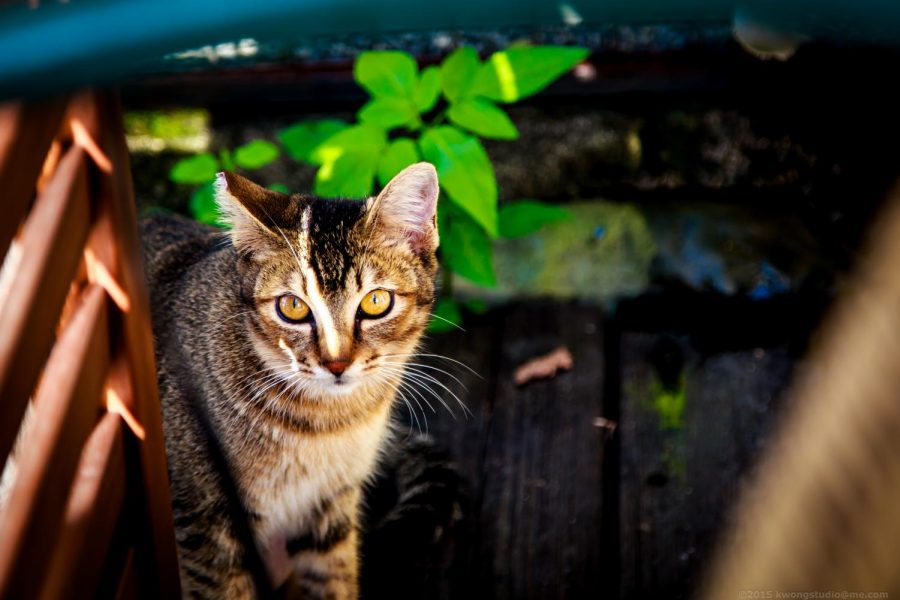The Underlooked Feline Pandemic
October 30, 2020
On a cheery day with nothing but the best intentions at heart, I was walking to my aunt’s house a few blocks away. The air was so crisp and refreshing because I haven’t left my chamber in days. I peered in disgust and mortification at the horrible image I saw with my very own eyes: a dead cat. Its body was lifeless and was laying on the side of the street.
Looking at this I started to question why there are so many homeless cats in Jersey City.
Others may not sympathize with me but I believe cats deserve a home.
According to NJ.com “approximately 70 million cats” in the United States are considered feral. This means they are wild. This number is equivalent to the amount of owned cats.
Unfortunately, not much has been done to improve this conundrum and many cats end up fending for themselves in groups called cat colonies which consist of a female cat and her offspring. In Jersey City specifically, you can find several cat colonies in places such as Lincoln Park or huge parking lots behind buildings. Because of this you will likely see cats roaming around individually looking for shelter and food.
According to a study conducted by the American Veterinary Medical Association, 2,332 cats revealed that an average 75% of the kittens died or disappeared by six months of age. These are feral cats without owners that can provide them protection and food so they can survive.
The growing population of feral cats is not just detrimental to themselves but additionally to other species. According to Nola.com, Feral cats have been deemed “ecological serial killers.” They have been excruciatingly harmful to biodiversity which also means it’s taking a toll on food security, dominating the spread of infectious diseases, and successfully adapting to climate change. Communities can come together to make a change.
One method of decreasing the number of feral cats that is relatively easy is spaying and neutering. We should have a system set in place that neuters and spay local feral cats to decrease the number of kitten reproduction. Doing this will prevent the surplus of cats from being sprung into existence. However, it’s a tall order since the amount of homeless cats are expanding rapidly. Each municipality or town can contribute by starting a local spay/neuter program. This project will be in favor to be beneficial for not just the environment but the citizens as well.
TNR (Trap, Neuter, Release) programs were set in place to create a solution to this problem but they have failed since after they are spayed or neutered they release them back into the environment which is “inhumane to cats.”
According to abcbirds.org, the It also states that “TNR has been found to be a waste of time, money, and resources.”
Local law in NYC states that if an owner allows their cat/s to roam freely they are required to be spayed or neutered.
With an estimation of 147,000 feral cats in New Jersey, it’s time to take action.
If you want to contribute to this cause you can read and donate to the Metro Cat Rescue on their GoFundMe page. Please read the description and see if you can give a helping hand. Not only will you be granted luck, but the cats will too.
